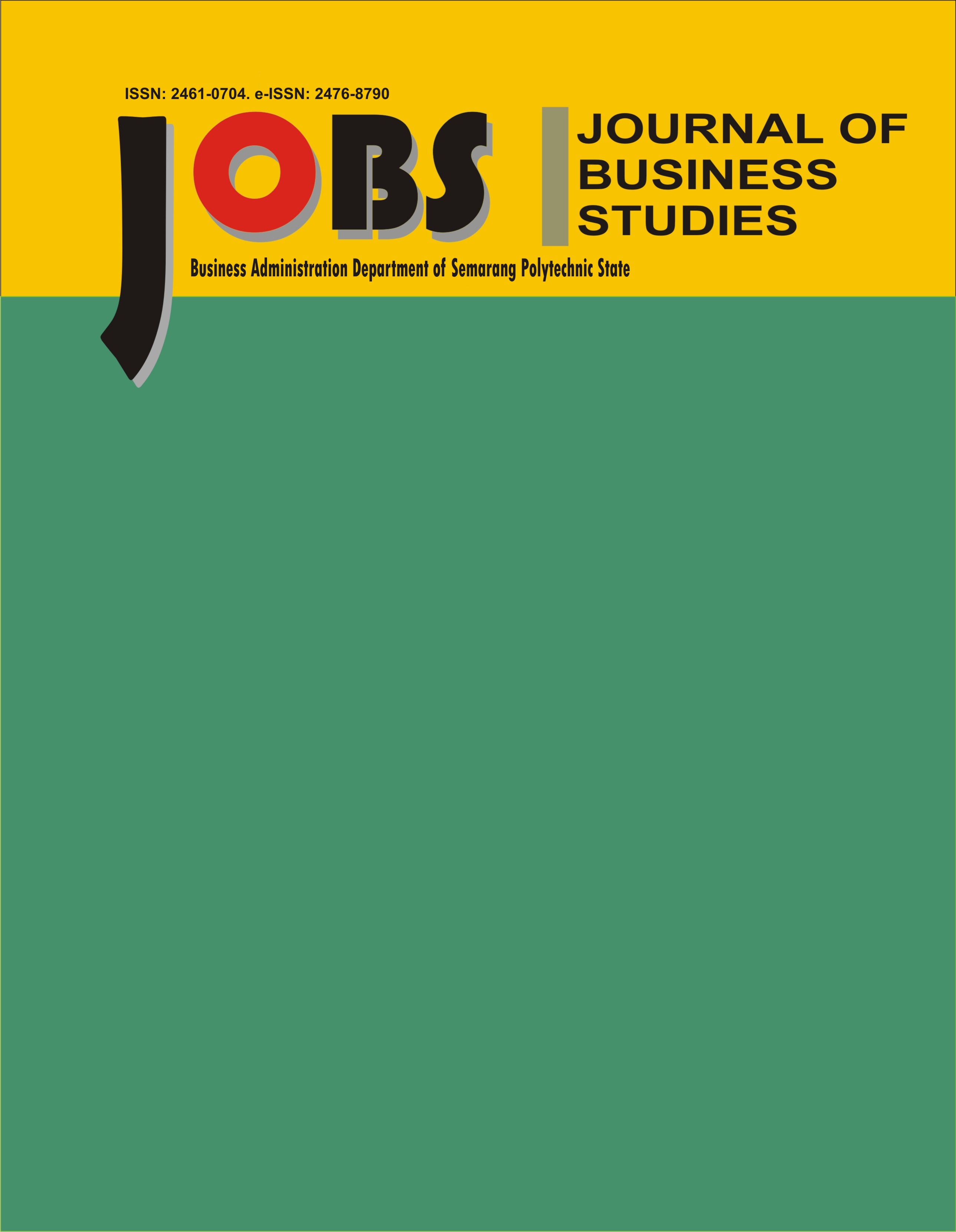DESIGN THINKING APPROACHES IN DEVELOPMENT OF INDONESIA HIGHER EDUCATION STARTUP
DOI:
https://doi.org/10.32497/jobs.v5i2.1711Keywords:
Design Thinking, startup, UBprenur, inkubator bisnis, Universitas BakrieAbstract
The Design Thinking approach as a method of problem solving and product innovation is well known in business, management and entrepreneurship. However, various design thinking models created by individual researcher and corporations often confuse users about which model to use. This research was conducted with the aim of observing the suitability of five selected design thinking models to support the development of startups in a business incubator. The research applies qualitative descriptive method using a case study of PT. Jiwa Gelora Juara (PT-JGJ) startup development at the Bakrie University”™s UBpreneur business incubator. It observes the design thinking process in the pre-incubation, incubation and post incubation stages. The research findings show that each design thinking model has its own strengths and weaknesses in a certain situation, but most of the models are more suitable implemented in the new product/process development phase. To support the startup”™s growth stage, other management tools are needed.Downloads
Published
Issue
Section
License
Authors who publish with this journal agree to the following terms:
Authors retain copyright and grant the journal right of first publication with the work simultaneously licensed under a Creative Commons Attribution License that allows others to share the work with an acknowledgement of the work's authorship and initial publication in this journal.
Authors are able to enter into separate, additional contractual arrangements for the non-exclusive distribution of the journal's published version of the work (e.g., post it to an institutional repository or publish it in a book), with an acknowledgement of its initial publication in this journal.
Authors are permitted and encouraged to post their work online (e.g., in institutional repositories or on their website) prior to and during the submission process, as it can lead to productive exchanges, as well as earlier and greater citation of published work (See The Effect of Open Access).






